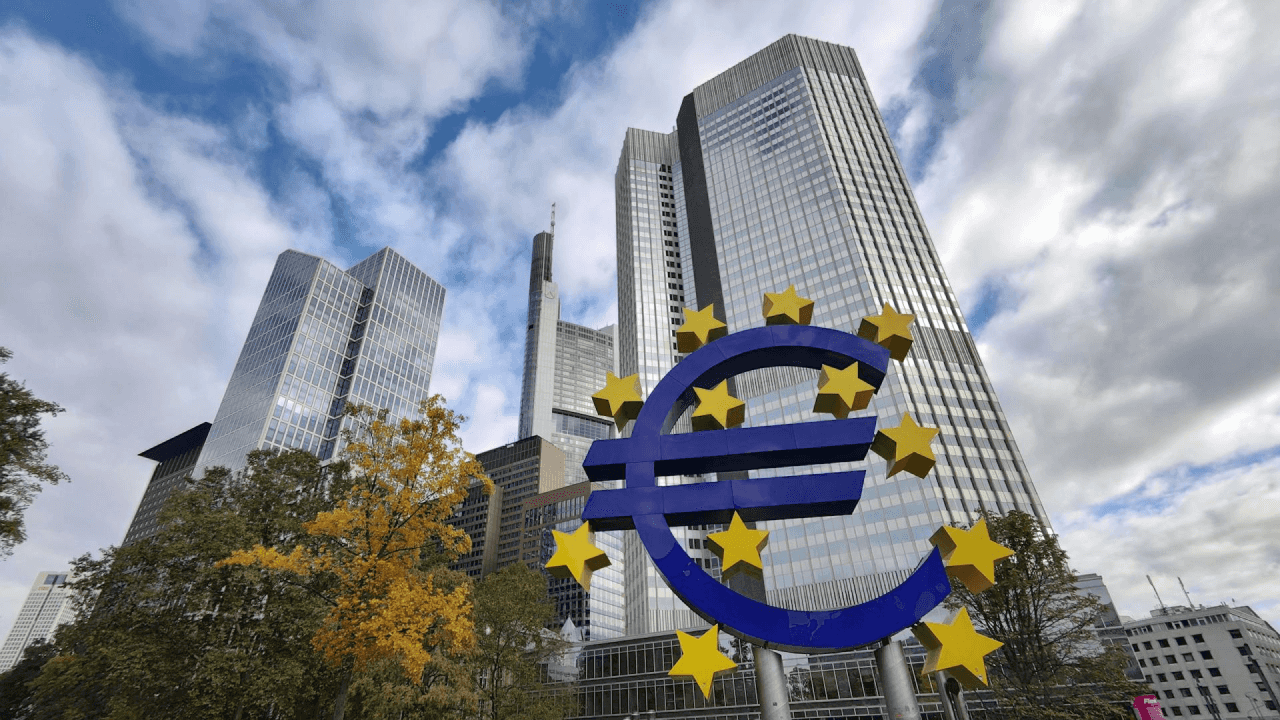
The ECB met on 17 April to decide on monetary policies for the Eurozone: what happened to interest rates? Here the results
The European Central Bank meeting on Wednesday, 17 April 2025, saw the twenty-six members of the Governing Council meet to discuss, among other things, monetary policies in the Eurozone. On the table were decisions on cutting interest rates, complicated by Donald Trump’s recent announcements on tariffs. What are the results?
ECB meeting: What is the economic context?
The ECB’s third meeting in 2025 was held against a particularly challenging economic backdrop, further complicated by Donald Trump’s recent tariff announcement and subsequent pause on those tariffs. Markets are experiencing significant turbulence, and economic uncertainty is prevailing across Europe. The main discussion topics included economic growth, which is adversely affected by the tariffs, and the deflationary pressure they could cause. Let’s take a closer look at what was decided.
ECB cuts interest rates
Wednesday, 17 April, Frankfurt. The Governing Council of the European Central Bank announced its monetary policy decision for the euro area. As expected by most analysts, the ECB cut its three key interest rates. Accordingly, the rate on the primary refinancing operations falls to 2.40%, the rate on the marginal lending facility to 2.65% and the rate on deposits at the central bank to 2.25%, effective from 23 April 2025.
The motivations behind the choice
The ECB explained that the decision was guided by the fact that the disinflation process is in line with expectations: inflation in the euro area is expected to be around the Governing Council’s medium-term target of 2% on a sustained basis. The Eurozone economy has shown resilience against the recent shocks in the global market, although the future outlook has worsened due to the trade war and tariffs.
Future Perspectives:
Reducing interest rates is an expansionary economic policy aimed at fostering growth by lowering the cost of borrowing. This allows companies to borrow more easily, increasing production and overall wealth creation, which benefits the economy. When borrowing money becomes cheaper, the stock markets also tend to thrive, as low rates encourage the flow of capital. Companies can more easily access funds for financial transactions, acquisitions, and expansions, which increases their potential earnings and enhances the likelihood of rising share prices.
Investors often shift from more stable but less profitable securities like bonds to riskier financial assets offering higher potential returns. This second category includes stocks and their indices, as well as cryptocurrencies.
With this meeting, the ECB confirms the trajectory
In April 2025, the European Central Bank (ECB) decided to cut interest rates by 25 basis points. This move reflects progress in the fight against inflation, and the central bank remains cautiously optimistic, confirming its future plans. The next few weeks will be critical in determining whether the data supports this outlook and the ECB’s next steps. The following monetary policy meeting is scheduled for June 4, 2025.
Stay informed on essential updates with Young Platform!


